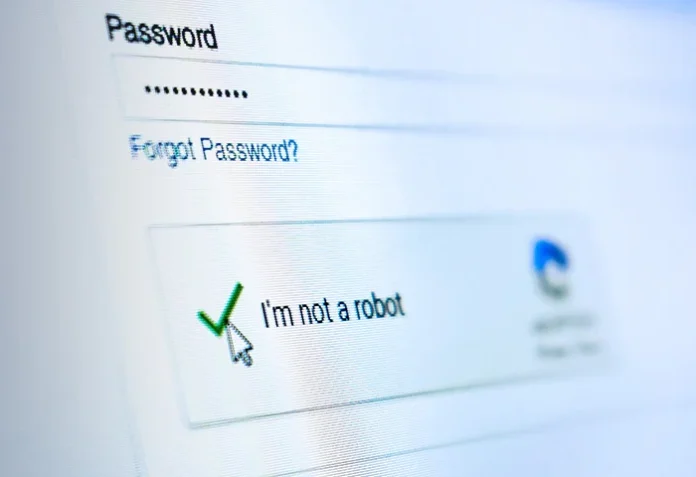We’ve all encountered CAPTCHA tests while navigating the web. Whether it’s logging into a website, scheduling an appointment, or leaving a comment, solving CAPTCHA is a standard step in many online interactions. These small puzzles are designed to prevent bots from accessing websites, ensuring that the user is human. But how exactly do they work, and what are the pros and cons of implementing this method on your website?
What Is CAPTCHA?
CAPTCHA stands for “Completely Automated Public Turing test to tell Computers and Humans Apart.” It’s a security measure used to distinguish between human users and bots. Solving CAPTCHA typically involves tasks like identifying distorted text, selecting images, or solving simple math problems. Introduced in the 1990s, it became essential for protecting websites from spam and automated attacks.
Today, solving CAPTCHA remains crucial for many websites to:
- Prevent spam: It stops bots from posting unwanted comments, filling out forms, or making duplicate submissions.
- Protect user data: For sites with login pages, this method prevents bots from creating fake accounts or launching password-guessing attacks.
- Shield against brute force: CAPTCHA adds an extra layer of security, preventing bots from attempting to crack passwords through brute force techniques.
Types of CAPTCHA
There are several common methods used to distinguish between bots and humans, including:
- Image-based: Users select images that fit a specific category, like traffic lights or crosswalks.
- Text-based: Distorted letters or numbers are displayed, and users must type them in the correct order.
- Math-based: A simple problem, such as “What is 3 + 7?” is posed, and the user must solve it.
- Audio-based: An alternative for visually impaired users, this option reads a series of numbers or letters aloud, which the user must enter correctly.
Each of these methods is designed to exploit the fact that humans can easily recognize patterns or solve puzzles that are still difficult for bots.
How CAPTCHA Works
This security feature relies on the principle that humans possess cognitive abilities that machines struggle to replicate. For example, a distorted image may be easy for a person to decipher, but the variations and noise make it challenging for a bot. CAPTCHA evolves constantly to outsmart automated systems, ensuring bots can’t pass the tests easily.
While bots can be programmed to attempt solving these challenges, most lack the advanced adaptability required to overcome the constant variations introduced. This makes it an effective tool for stopping many automated threats.
Benefits of Using CAPTCHA
CAPTCHA offers significant advantages for website owners:
- Prevents spam: It blocks bots from flooding comment sections, forums, and contact forms with unsolicited content.
- Enhances security: By preventing automated login attempts, it adds an extra layer of protection to login pages and reduces the risk of account takeovers.
- Improves data accuracy: This method ensures that the data collected through online forms or registrations comes from legitimate users, not bots.
Drawbacks
While it serves an essential purpose, this technique has some drawbacks:
- Accessibility challenges: Tests can be difficult for people with disabilities, such as visual impairments. They may not work well with assistive technologies like screen readers.
- User frustration: Repeated challenges, especially if difficult, can frustrate users and drive them away from your website.
- Security limitations: While effective against most bots, sophisticated programs or attackers using human labor can sometimes bypass this security measure. Machine learning algorithms have improved in solving even complex tests.
Alternatives
For websites seeking a less disruptive approach, alternatives to traditional CAPTCHA include:
- No CAPTCHA reCAPTCHA: Users confirm they’re human by clicking a box that says, “I am not a robot.” Suspicious activity triggers a secondary challenge.
- Behavioral analysis: Instead of requiring users to solve a puzzle, some websites analyze user behavior—such as mouse movements and typing patterns—to determine if the user is a bot or human.
- Honeypots: These are hidden fields in forms that bots typically fill out, but humans don’t see. The system detects and blocks bots when these fields are completed.
Conclusion
Solving CAPTCHA is an effective way to safeguard websites from bots and spam, offering benefits like enhanced security and improved data integrity. However, balancing security with user experience and accessibility is crucial. While it helps protect websites, combining this method with alternative security measures can provide additional layers of protection without frustrating users.
